Story by Anne Manning and Coleman Cornelius
Editor’s note: This article was originally published in the spring issue of Colorado State Magazine.
They were nearly 6 miles up a hiking trail in the Rawah Wilderness west of Fort Collins. It was Aug. 13, 2020, a perfect time to be in the mountains, and Emily Fischer and her husband were backpacking with their daughters, ages 5 and 8. They awoke in their family tent, trekked through a sunny meadow, heard chattering squirrels, and kept a lookout for moose. Fischer fixed lunch by a stream flowing from Twin Crater Lakes.
That’s when she saw it: a massive plume of smoke, boiling into the blue sky and glowing orange at its base. A wildfire was roaring to life. And it was over a ridgeline from her family – much closer than the trailhead and their escape route.
“That’s cooking – it’s growing really fast,” Fischer realized, watching the plume near the top of Cache la Poudre Canyon. “That’s very, very bad.”
She marshaled her family to flee. It had taken more than a day to hike up with kids; they might have a fraction of that time to get down. Fischer was terrified the wildfire would block their way.
“We need to go as fast as you can push,” Fisher urged her girls. She clutched their hands and ran.
“Are we going to die?” her older daughter asked. Fischer replied reassuringly, thinking to herself, “As long as that fire doesn’t cross the ridge, we’ll get out.”
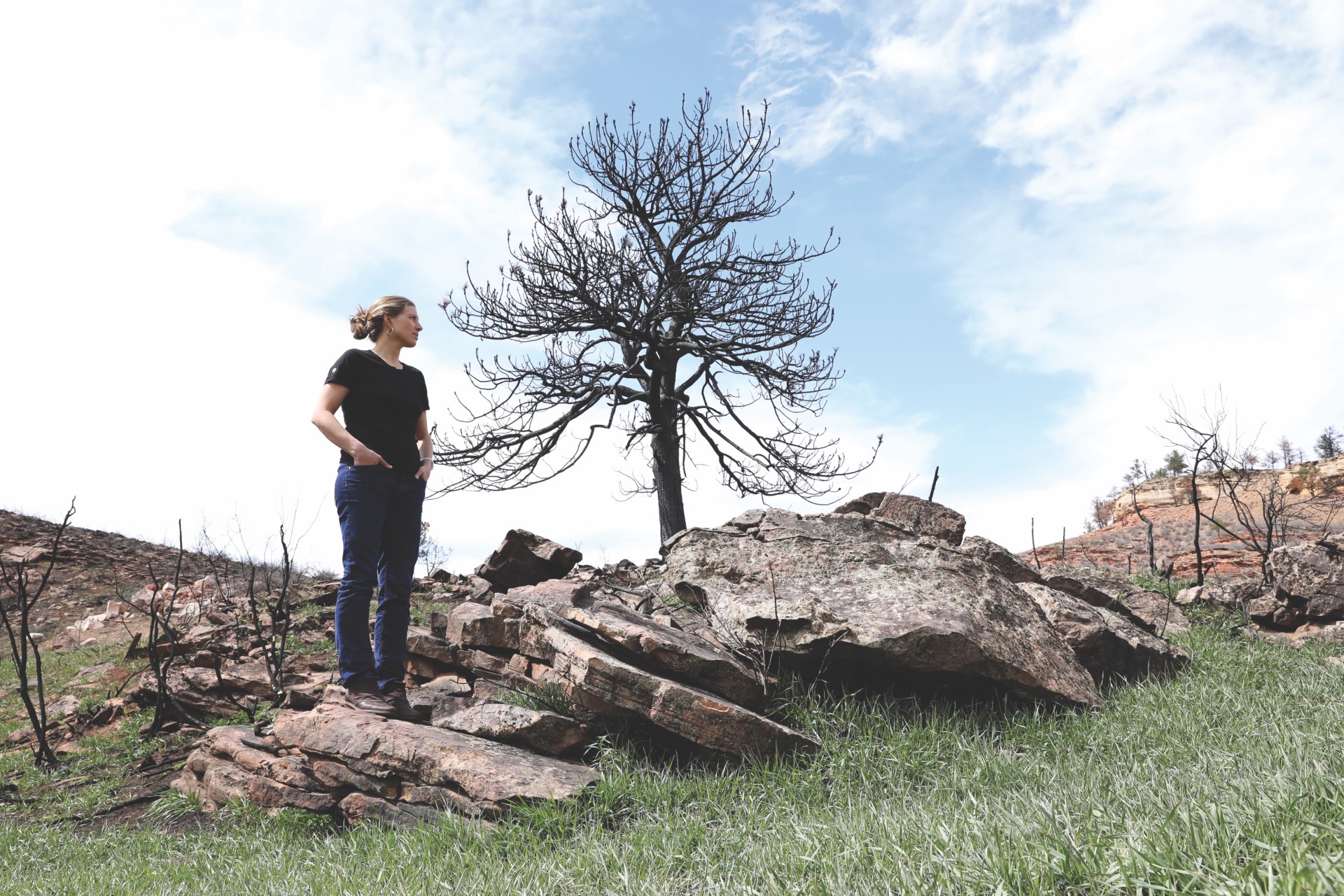
Emily Fischer, pictured on the southeastern edge of the Cameron Peak Fire burn scar, is an atmospheric chemist who studies wildfire smoke. She became a spokeswoman for Science Moms to help convey the scientific consensus on climate change. Photo by Vance Jacobs
Largest fire in state history
Soon, the blaze was named the Cameron Peak Fire. It would become the largest wildfire in recorded Colorado history – during the state’s worst fire year. Fed by beetle-killed trees and parched understory, the wildfire scorched 209,000 acres and destroyed 225 homes and cabins before full containment four months later. It was the most immense of Colorado’s three biggest wildfires on record. All flared in Summer 2020, all raged during a statewide drought, and all reinforced the scientific understanding that, over time, climate change is extending typical fire seasons and cranking up the size and intensity of wildfires.
Fischer knew exactly what she was seeing last August. She is an atmospheric scientist at Colorado State University who studies the impact of climate change on wildfires and the effects of wildfire smoke on the atmosphere and human health. In one federally funded project, Fischer and other scientists flew aboard aircraft into wildfire plumes across the West to collect smoke samples. Her team analyzed particulate matter and hazardous gases to better understand the composition of wildfire smoke and potential health risks.
Spurred by her research – and her role as a mom – Fischer recently volunteered as a face of a high-profile nationwide advocacy campaign called Science Moms. She is joined by Melissa Burt, another rising star in Colorado State’s Department of Atmospheric Science, who is both a climate scientist and the mother of a preschooler. They are among nine accomplished scientists leading a grassroots charge to arm other moms with facts and to enlist a maternal army in an urgent, collective call for policies to battle climate change.
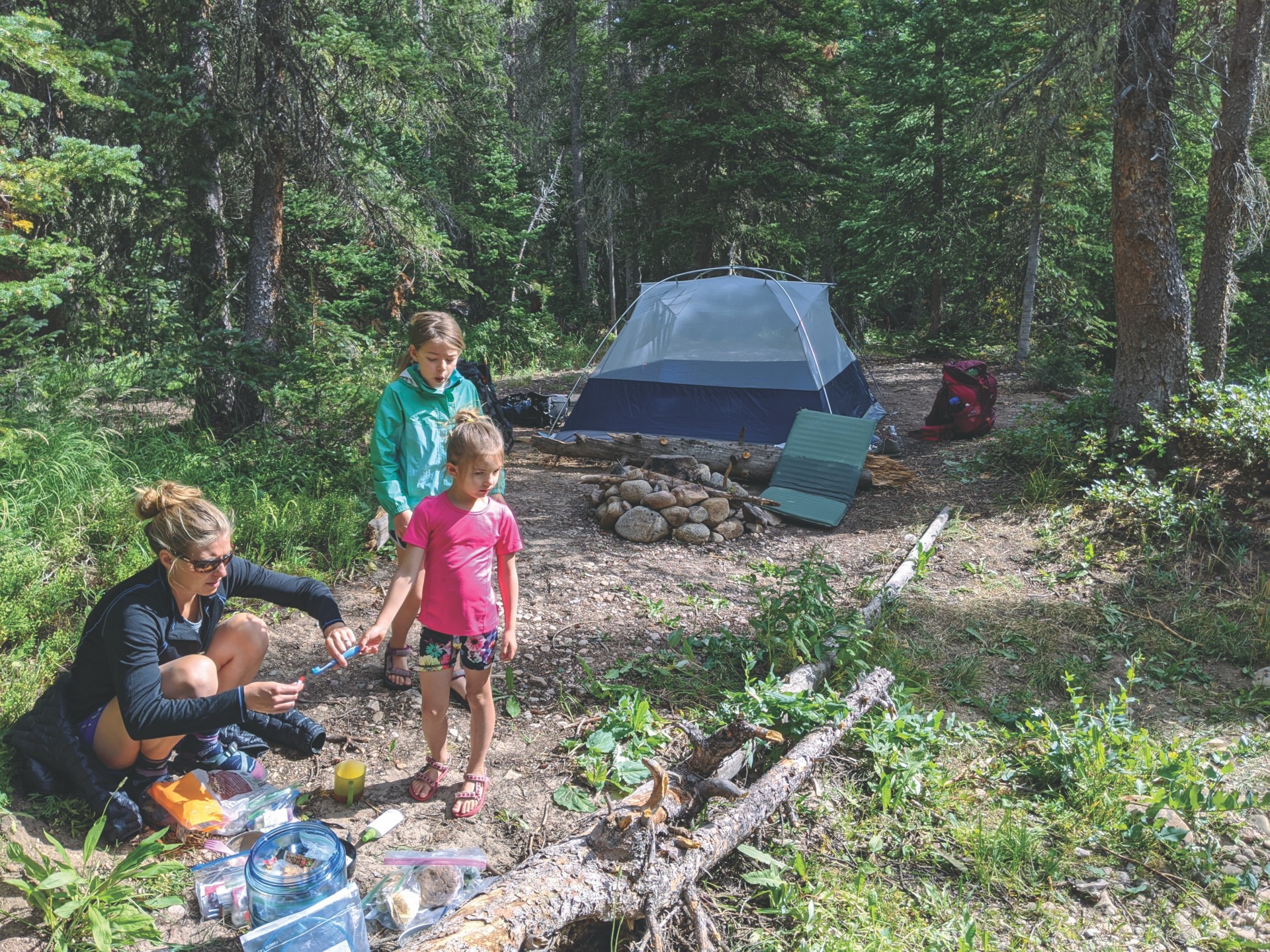
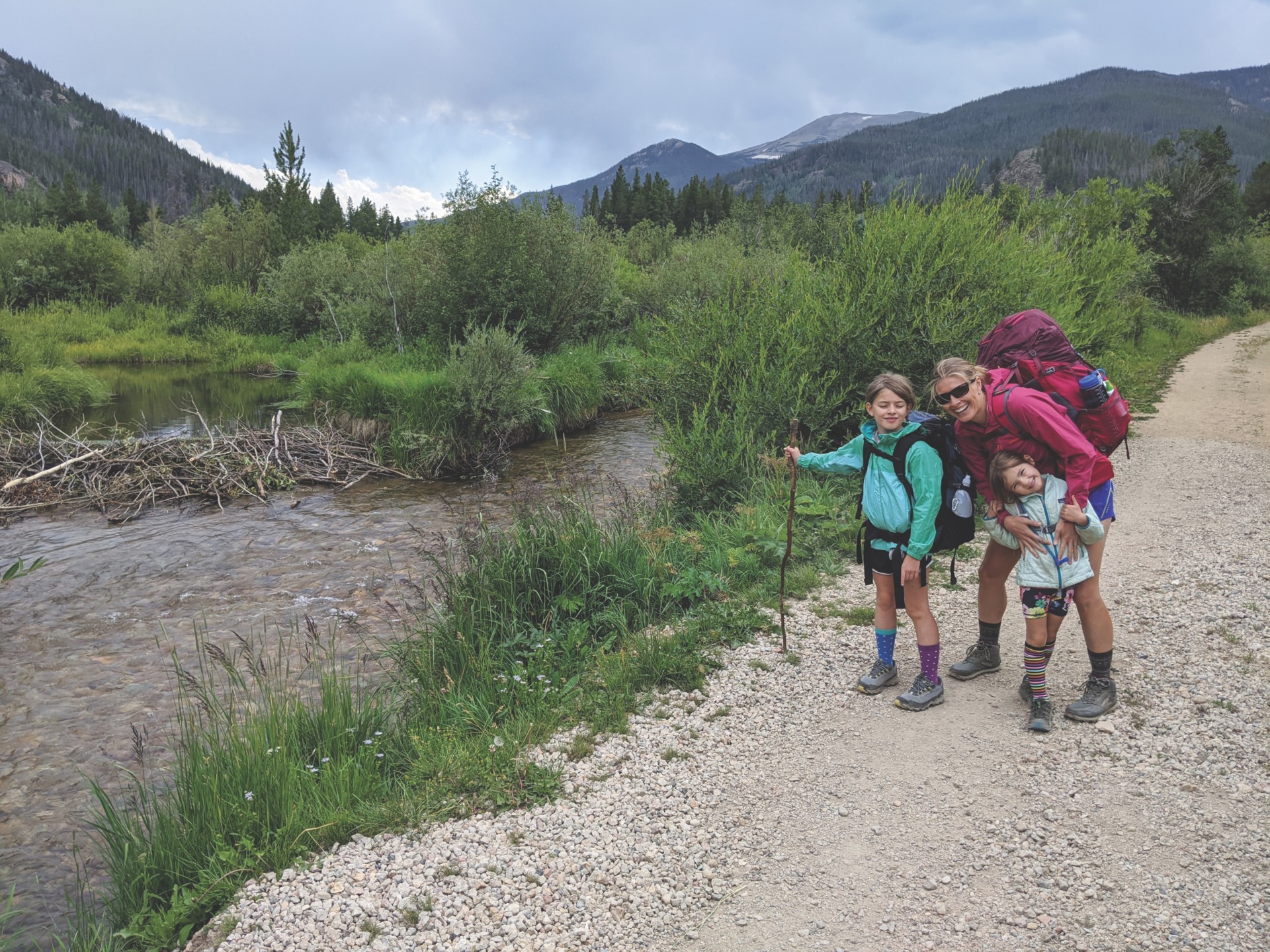
Fischer and her family started a trip from the Laramie River before the state’s largest wildfire erupted. Photos courtesy of Emily Fischer
About Science Moms
Science Moms is akin to Mothers Against Drunk Driving and similar campaigns in its appeal to the fierce protective instincts of its target demographic: mothers. The focus arises from market research showing that many moms worry about the warming planet their kids will inherit and its impacts on their children’s lives; yet, they aren’t always certain about climate science – or next steps. So, Science Moms aims to educate and activate. It’s betting the nation’s mothers, in the interest of protecting their children, will use their “outside voices” to help broadcast scientific consensus on climate change and to demand sweeping policy action.
“We’re speaking to a shared value we have for the betterment of our children, and a lot of that will depend on our climate and the planet we live on,” said Burt, who studies the Arctic and its influence on global climate. “Moms really need resources so they feel more comfortable and informed in order to act. So we are here to say that climate change is real and we have to do something about it – together. Ultimately, it’s for the posterity of our kids and future generations.”
Science Moms urges a unified appeal for action in the policy sphere, but the effort is firmly nonpartisan. It is not tied to a political party; it does not propose policy specifics.
Instead, the group stresses science. The crux: A preponderance of scientific evidence proves that human-produced greenhouse gas emissions, chiefly carbon dioxide, have resulted in abruptly rising average global temperatures. The spike has been notable in the past 150 years, starting with the Industrial Revolution. This unprecedented warming trend contributes to the severity of climate phenomena, including drought, heat waves, glacier melt, and hazardous storms, such as hurricanes. And the effects are cascading through the natural environment and into daily life.
“People sometimes think of climate change as happening really far away, and that’s no longer the case. It’s happening now, in the places we live,” Burt said. “Climate change affects the things you love to do – going to the beach or going skiing. These are things that impact us and our children.”
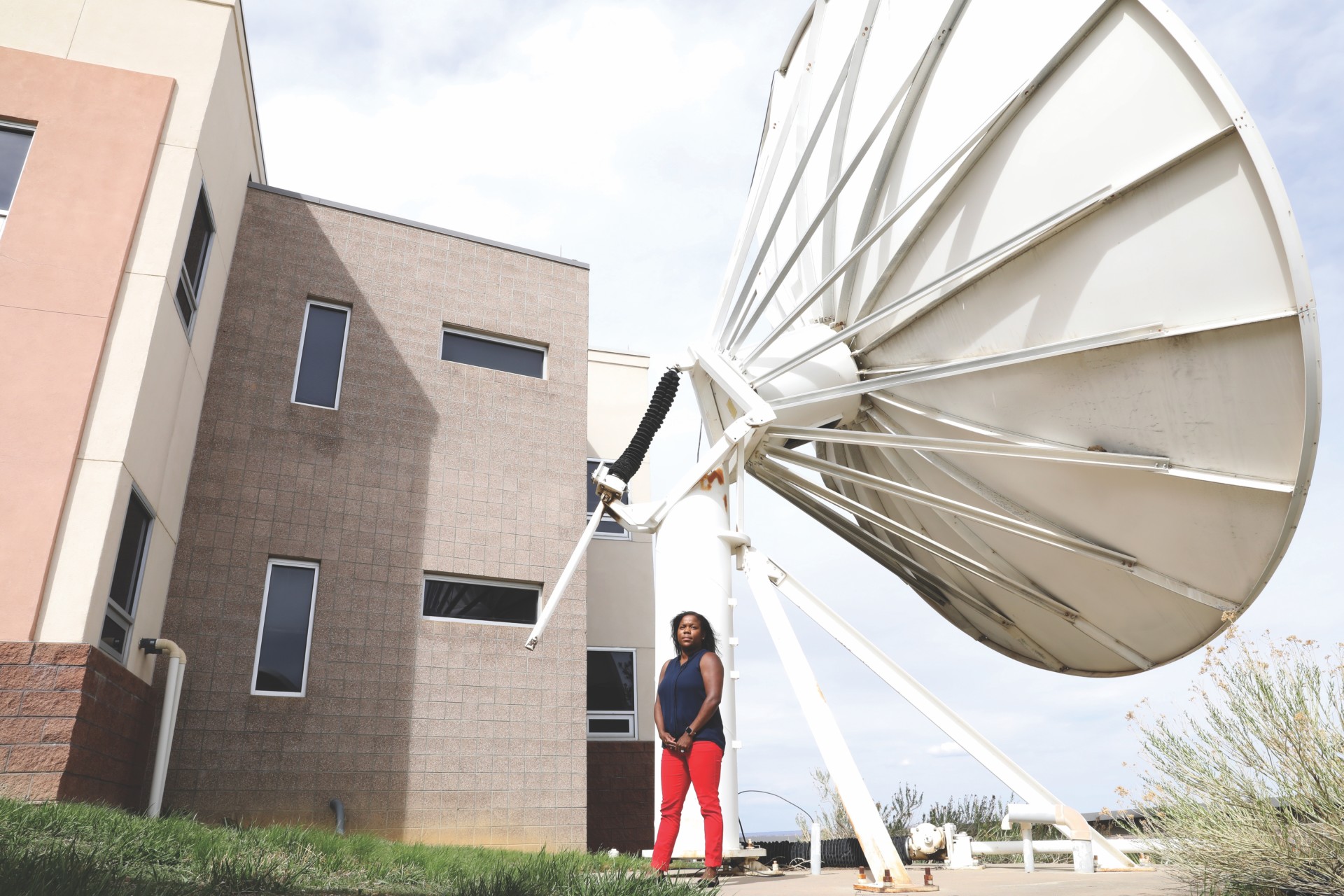
At a University known for sustainability research, Melissa Burt studies the Arctic climate, which is central to understanding global climate change. Photo by Vance Jacobs
Beyond individual action
The fallout from climate change – whether damaging sea-level rise in coastal communities or waning water supplies in the West – cannot be turned back with individual actions alone, Burt and Fischer said. Recycle, ride your bike to work, use energy-efficient lightbulbs, install household solar panels. Those steps, even added together, will not undo the nation’s status as a leading global emitter of carbon dioxide.
“Personal actions will not get us out of the mess we’re in,” Fischer said. “The level of change we need cannot be done at my house or your house. It has to be collective action, at the societal level. We won’t get out of this any other way.”
To convey its messages, Science Moms is using a targeted media push with an array of communication tools, including social media, advertising, and an interactive website stocked with nuggets of scientific information and videos. In the campaign’s first three months, from January to April, privately funded online and television ads had been viewed 127 million times, according to Fenton, the agency managing communications.
Many other advocacy campaigns have leveraged the influence of moms. But Science Moms is unique in its spotlight on climate scientists who are mothers themselves – and are directly generating the research findings they’re describing.
“As scientists, we see firsthand the data showing the threat to our children’s futures. The data also show that people are hungry for more information,” said Katharine Hayhoe, a founding member of Science Moms and well-known professor of atmospheric science and public policy at Texas Tech University. Hayhoe, who also is chief scientist for The Nature Conservancy, often discusses climate research in the context of family, community, and religion.
‘An extension of being a mom’
Real-life connections between their science and their kids motivated Burt and Fischer to sign on as Science Moms spokeswomen. They’ve shared these connections in videos and interviews with major news outlets to illustrate the urgency of climate change and consequences for future generations.
“From the second you have a child, you want to do everything you can to protect them. I think our action on climate change is no different. It’s just an extension of being a mom,” Fischer says in a video showing her with her daughters. Viewers see an unsteady toddler on tiny skis, a little girl with a hot-chocolate smile, and a newborn snuggled with mom.
A similar sense of responsibility spurs the CSU researchers in their day jobs as climate scientists.
For Fischer, her family’s escape from the Cameron Peak Fire was an eerie collision of the personal and the professional – a sign of the very wildfire hazards her research foretells. “You can’t pin one fire on climate change,” Fischer said. “But the conditions we had last year are exactly what you would expect to produce an extreme burn year, and we expect that to continue with more frequency because of climate change.” She spoke while standing on the southeastern edge of the Cameron Peak burn scar, several miles outside Fort Collins.
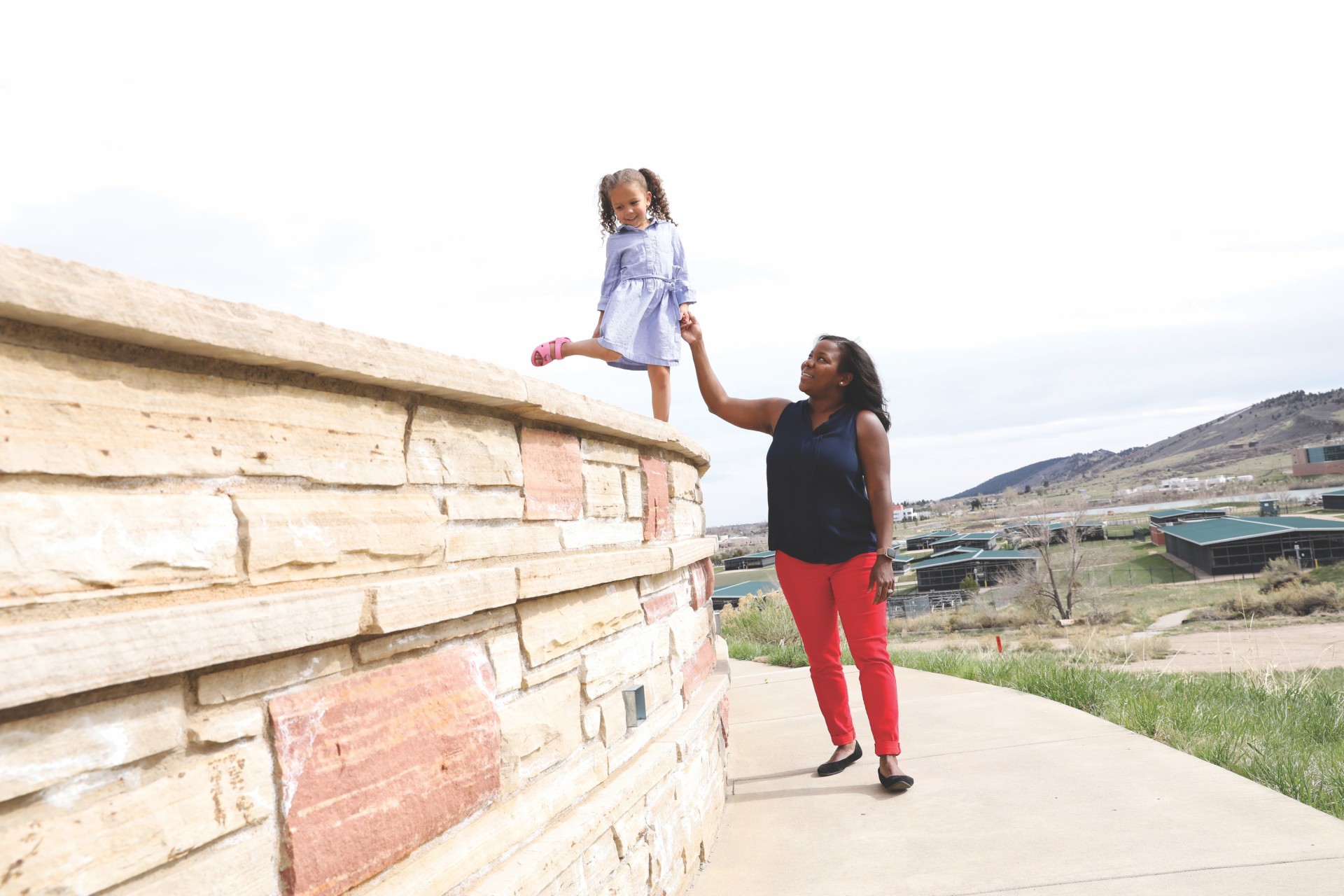
Researcher Melissa Burt plays with her 4-year-old daughter, Mia, outside CSU’s Atmospheric Science Building. Burt became a spokeswoman for Science Moms because she worries about the effects of climate change on the planet and posterity. Photo by Vance Jacobs
Studying the Arctic
Burt studies another extreme: the Arctic. The Earth’s northernmost region is central to understanding climate change. That’s because the Arctic has warmed during recent decades at about three times the rate of the entire globe, a process called “Arctic amplification.” Meantime, Arctic sea ice is disappearing, glaciers are rapidly melting, and permafrost is thawing – all with far-reaching ripple effects.
“The Arctic serves as an air conditioner for the planet, so we need the Arctic to stay cold,” Burt noted. She earned a master’s degree and doctorate in atmospheric science at Colorado State; she then became a CSU research scientist, winning notable early career awards and federal grants.
Burt’s work starts with an understanding that the Arctic is an important indicator of global climate change. Her studies center on climate modeling using observations of Arctic temperatures, sea ice, wind, moisture, and, notably, energy exchanges between clouds and the Earth’s surface. This yields insights into the past, present, and future of the Arctic.
Discussing her work with non-scientists helps demystify and build trust in climate science, Burt said, as she described her goals with Science Moms. Burt fills another role as assistant dean for diversity and inclusion in the Walter Scott, Jr. College of Engineering; in the position, she leads efforts to welcome students and employees with an array of racial and cultural backgrounds to the college and campus. So, for Burt, it’s important to invite other women and other moms, especially those of color, into conversations about climate change. Even more, she hopes to broaden society’s typically narrow view of what a scientist looks like.
“It’s one of the things that’s important for me as a woman of color who is also a scientist,” Burt said. “My hope is 100 percent to get women and women of color more involved in the climate conversation. This is about empowering everyone to know that your voice is the most powerful thing you have.”